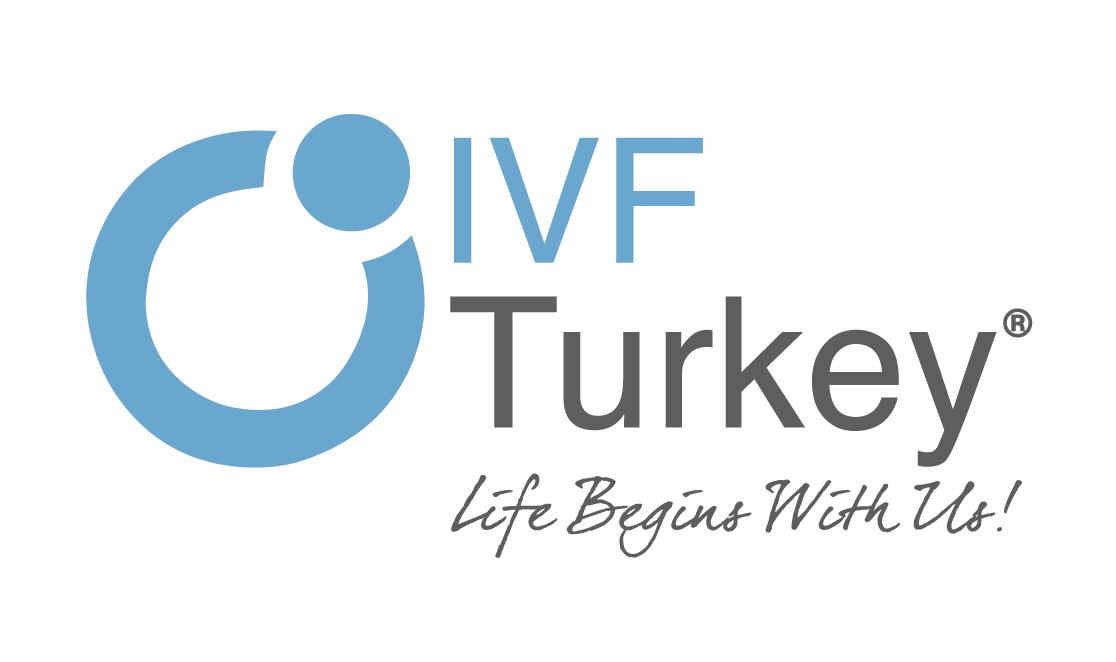Can Catholics Undergo IVF? Exploring the Catholic Church’s Teachings on Fertility
Catholic Teachings on IVF
| Aspect | Catholic Teaching |
|---|---|
| IVF Procedure | Opposed due to separation from natural conception and potential embryo destruction. |
| Embryo Creation and Disposition | The Church opposes creating surplus embryos and discarding or freezing unused embryos. |
| Third-Party Involvement | Donor eggs, sperm, or surrogacy are not permitted as they violate the sanctity of the marital bond. |
| Alternative Solutions | Encourages NaProTechnology, fertility awareness, and adoption as ethical alternatives. |
Infertility is a deeply emotional challenge for many Catholic couples longing for a family. While modern fertility treatments like in vitro fertilization (IVF) offer hope, the Catholic Church takes a firm stance against these procedures. This article explores the Church’s teachings on IVF, the reasons behind its opposition, and alternative paths for Catholic couples to consider.
Why Does the Catholic Church Oppose IVF?
The Catholic Church’s opposition to IVF stems from its commitment to the sanctity of life and the belief that procreation should occur within the natural act of marital intimacy. Key concerns include:
1. Separation from Natural Conception
The Church teaches that conception should occur through the marital act, reflecting the unitive and procreative purposes of marriage. IVF bypasses this natural process, creating life outside the body in a laboratory setting.
2. Embryo Creation and Disposition
- Creation of Surplus Embryos: IVF often involves creating multiple embryos, not all of which are implanted. The Church views the freezing, discarding, or use of embryos for research as violations of the dignity of human life.
- Respect for Human Life: The Church holds that every human life, from the moment of conception, has inherent dignity and must be protected.
3. Third-Party Involvement
The use of donor eggs, sperm, or surrogates introduces a third party into the procreative process, which the Church believes undermines the sanctity and exclusivity of the marital bond.
Alternatives to IVF for Catholic Couples
While the Church opposes IVF, it encourages couples to explore ethical and faith-aligned alternatives to address infertility:
1. Natural Procreative Technology (NaProTechnology)
NaProTechnology is a Church-approved approach to diagnosing and treating underlying causes of infertility. It focuses on:
- Restoring natural fertility through medical and surgical means.
- Tracking a woman’s cycle to identify optimal times for conception.
2. Fertility Awareness Methods
Fertility awareness methods (FAMs) involve tracking ovulation through basal body temperature, cervical mucus, and other signs. These methods align with Catholic teachings by working within the natural framework of the woman’s body.
3. Adoption
The Church views adoption as a compassionate and virtuous way to build a family. Adoption reflects Christ’s love and provides a home for children in need.
Understanding the Moral Dilemmas
1. Intention vs. Method
The Church recognizes the deep desire for children but emphasizes that the means of achieving parenthood must align with moral principles. While the intention to conceive is good, methods that compromise life or marital unity are not permissible.
2. Respect for Embryos
The handling of embryos is a significant moral concern. The Church teaches that embryos, as human lives, deserve full respect and protection, regardless of the circumstances of their creation.
3. Balancing Faith and Science
While the Church values scientific advancements, it emphasizes that such technologies must align with God’s design for procreation and respect the sanctity of life.
How Can Catholic Couples Navigate Infertility?
1. Seek Spiritual Guidance
Couples are encouraged to consult with priests, spiritual advisors, or Catholic ethicists to understand Church teachings and receive support during their fertility journey.
2. Pray for Strength and Guidance
Prayer can provide comfort and clarity, helping couples navigate the emotional and spiritual challenges of infertility.
3. Connect with Catholic Support Groups
Many Catholic communities and organizations offer support groups for couples facing infertility, providing a space for shared experiences and encouragement.
4. Explore Catholic Resources
Catholic medical professionals and fertility clinics aligned with Church teachings can help couples pursue ethical solutions to infertility.
Conclusion
The Catholic Church’s teachings on IVF reflect its deep respect for life, marriage, and God’s design for procreation. While the Church opposes IVF due to ethical concerns, it encourages couples to explore alternatives like NaProTechnology, fertility awareness, and adoption. By aligning their choices with their faith, Catholic couples can navigate infertility with hope, trust, and spiritual support.
Contact Us if you have questions about Catholic perspectives on fertility treatments or need guidance on faith-aligned alternatives. We’re here to help you explore options that respect both your faith and your desire for a family.
FAQs
-
Why does the Catholic Church oppose IVF?
- The Church opposes IVF because it separates procreation from marital intimacy, involves embryo destruction, and may include third-party involvement.
-
What alternatives to IVF are accepted by the Catholic Church?
- Alternatives include NaProTechnology, fertility awareness methods, and adoption, all of which align with Catholic teachings.
-
Does the Church permit freezing embryos for future use?
- No, the Church opposes freezing embryos as it views this as a failure to respect the dignity of human life.
-
Can Catholics use fertility medications?
- Yes, fertility medications that stimulate ovulation and work within the natural process of conception are generally acceptable.
-
How can Catholic couples cope with infertility?
- Couples can seek spiritual guidance, join Catholic support groups, and explore ethical fertility treatments like NaProTechnology.



